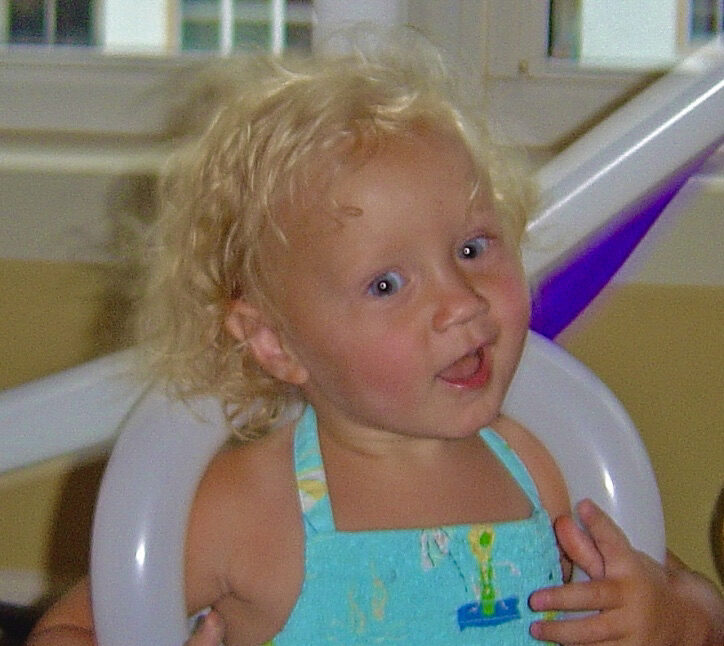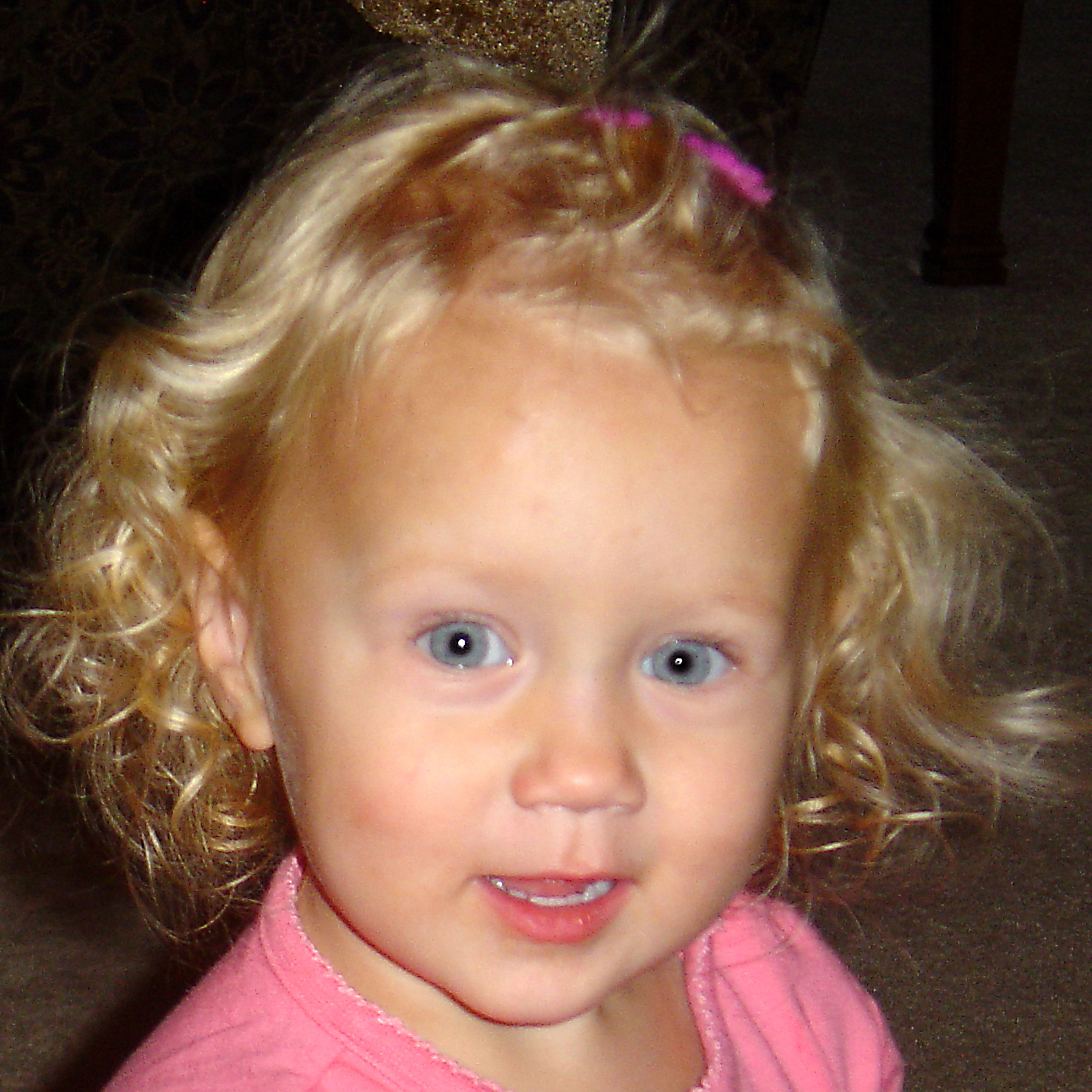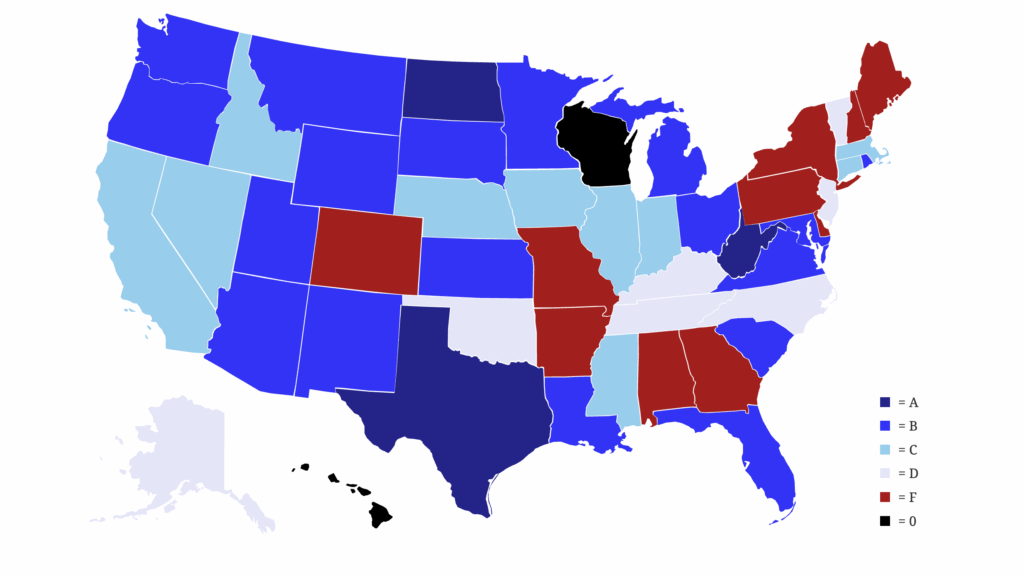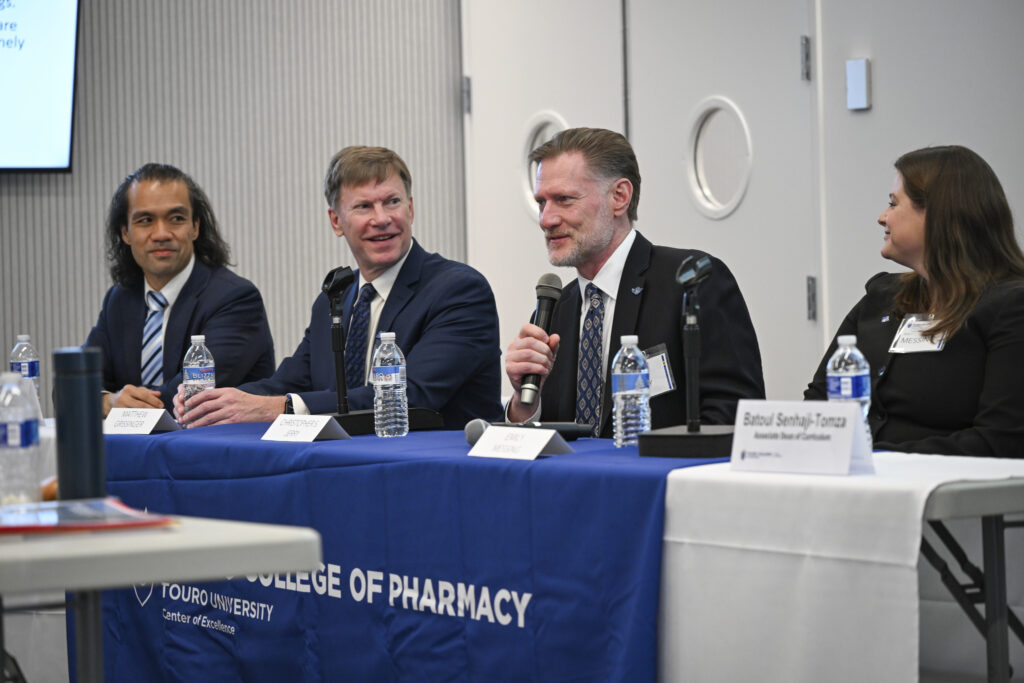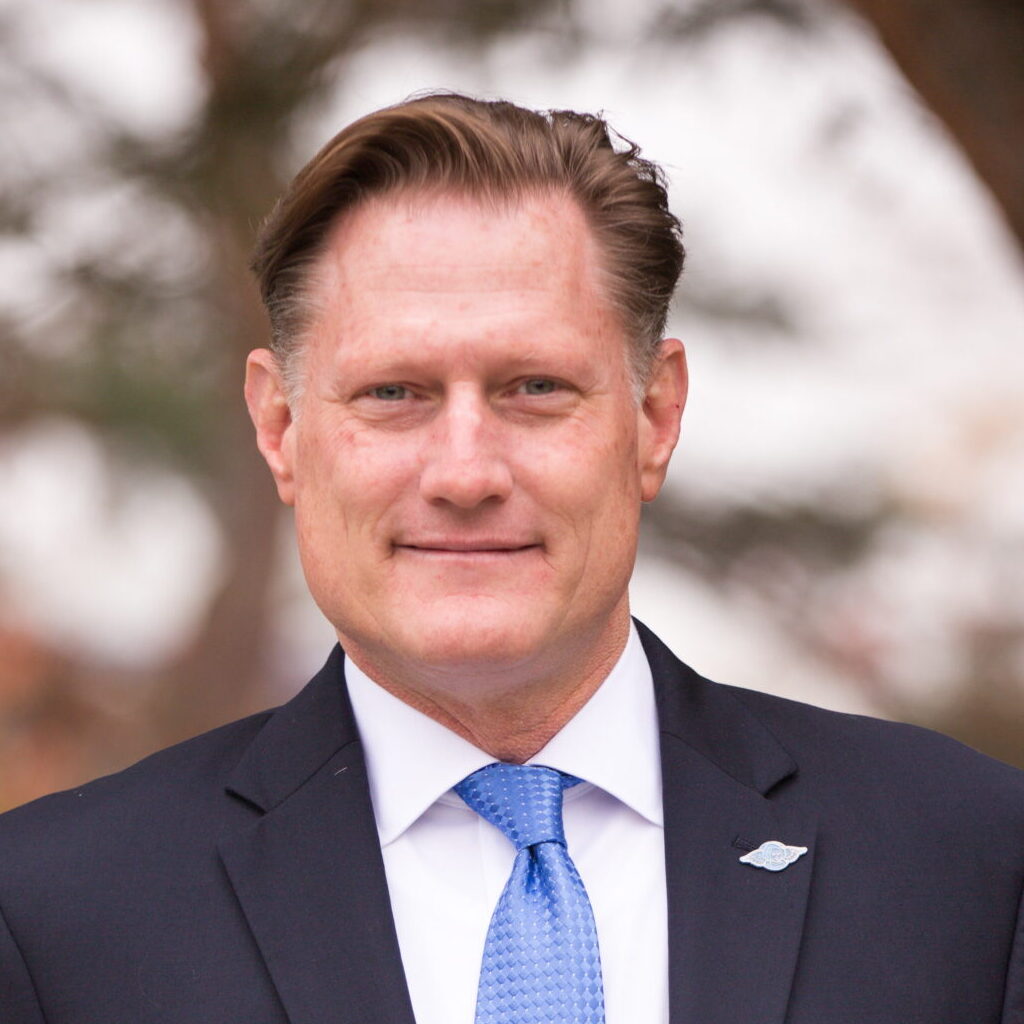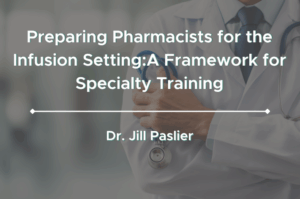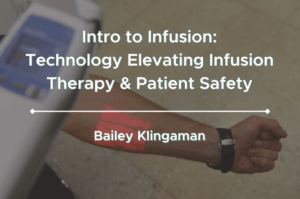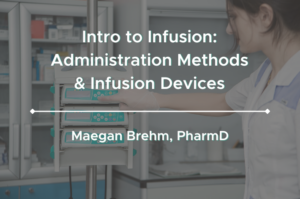The Emily Jerry Foundation was founded almost two decades ago following a tragic and preventable medication error that resulted in the death of two-year-old Emily Jerry. Her father and founder of EJF, Chris Jerry, shares the Foundation’s journey and the change they have sparked in the industry over the years.
Turning Heartbreak into Lifesaving Change Across the Healthcare Continuum
It’s hard to believe it has now been more than 16 years since I began this life-changing journey of patient and medication safety advocacy inspired by the heartbreaking loss of my beautiful daughter Emily to a preventable medication error.
When I reflect on all that has transpired since founding the Emily Jerry Foundation, I am overwhelmed with gratitude for the partnerships that have been built, all the lives that have been touched, and the next generation of leaders who are carrying the mission forward.
In 2006, my world was forever changed when my daughter, Emily, passed away due to a preventable IV compounding error during what should have been her final round of chemotherapy. After only five months of treatment, her tumor had completely disappeared, and she had just been declared cancer-free. Losing her at that moment, when hope had finally returned, was unimaginable.
That heartbreak awakened something in me that I can only describe as a real calling. I knew from that very moment that I had a responsibility to do everything in my power to ensure that no other parent or family would experience this kind of tragedy.
That purpose turned into a lifelong mission, one rooted in the belief that medical errors, like the one that took Emily’s life and far too many others each year, are truly preventable. That belief has driven every part of my advocacy and has become the guiding force behind the Emily Jerry Foundation.
Over the years, I have had the honor of working with extraordinary clinicians, leaders, and educators across the healthcare continuum. These professionals share the same passion for patient and medication safety and are committed to designing safer systems that minimize the risk of human error from creeping into the pharmacy and clinical workflows.
Together, we’ve focused on moving the conversation beyond individual blame—the “blame game”—and toward designing systems and improvements that ultimately protect patients from harm.
National Pharmacy Technician Initiative and Scorecard: Driving Patient Safety Requirements Forward
Since November of 2018 when the “Vital Role of Pharmacy Technicians” article introduced our story, there have been many wins along the way. Chief among them, the National Pharmacy Technician Initiative and its Scorecard program has made big strides.
At the time of its inception, many states were scoring zeros, indicating no certification or training standards for pharmacy technicians. Fast-forward to today: the Foundation’s interactive scorecard, maintained in partnership with the American Society of Health-System Pharmacists (ASHP), has nudged states to improve their laws. Now, only Wisconsin and Hawaii stand alone with no pharmacy tech certification requirements. We have made great progress over the years, but there is still more work to be done.
CE-Accredited Education and Beyond: Reaching Today’s Providers and our Future Healthcare Leaders
One of the most meaningful ways I’ve been able to contribute to this effort is through education. Many of my presentations are CE-accredited and designed to provide continuing education credit for practicing clinicians.
Lectures such as “From Tragedy to Triumph – Mitigating the Risk of Human Error to Save Lives” blend Emily’s story with practical strategies rooted in systems thinking and high-reliability practices. These CE sessions help professionals across disciplines…pharmacists, pharmacy technicians, nurses, physicians, and administrators…develop a deeper understanding of how strong systems prevent tragic outcomes.
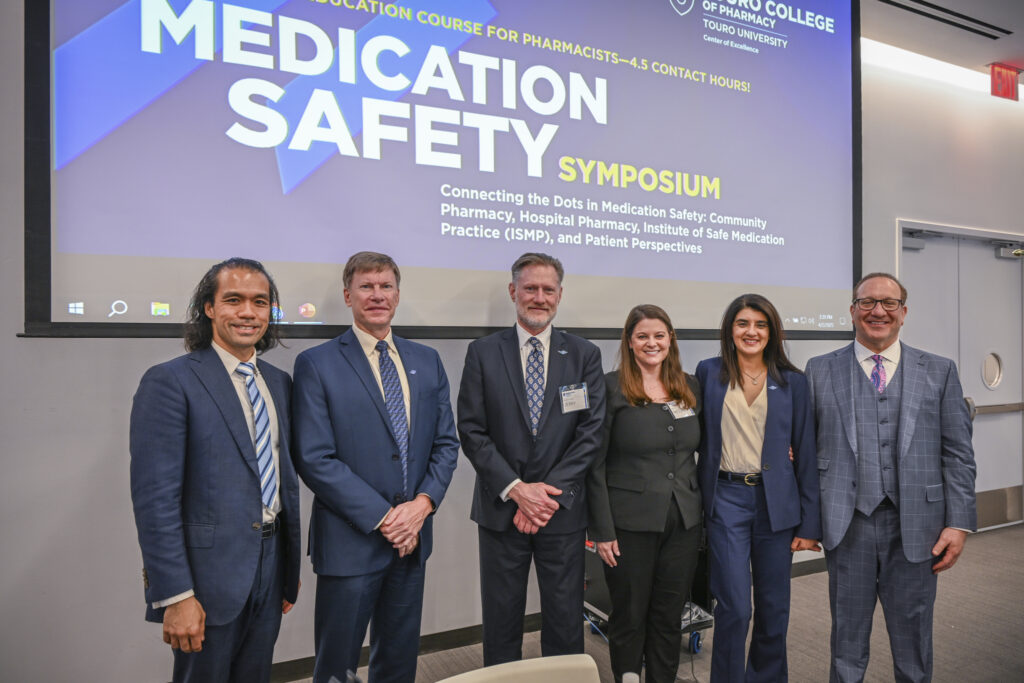
Just as important are the many non-CE lectures I’ve delivered to students and trainees. Whether speaking to PharmD students at Temple University, biomedical engineering students at California Polytechnic Institute, or interprofessional audiences at Campbell University, I’m always reminded that a true culture of safety begins in the classroom. Awareness and accountability shouldn’t begin after licensure; it should be woven into every stage of a healthcare professional’s training.
Over the past several years, I’ve been fortunate to speak at institutions and organizations across the country. I’ve delivered CE-accredited presentations to clinicians and leadership at the University of Utah Health Hospital and Banner Health in Arizona, and participated in Touro University’s Medication Safety Symposium in New York City.
I’ve delivered keynote presentations for Bon Secours Mercy Health, the National Association of State Boards of Pharmacy, and the ASHP Midyear Conference. At the same time, I’ve had the privilege of presenting to students during “Dean’s Hour” sessions at Touro, conducting large interprofessional lectures at Campbell, and speaking to Doctor of Pharmacy (PharmD) students at Purdue University and Temple.
Whether it’s a national conference or a classroom of future clinicians, my goal is always the same: to move hearts, shift mindsets, and inspire action. Human error may be inevitable, but harm is not…if our systems are designed with intention and care.
Building a Safer Tomorrow: Supporting Today’s Providers and Tomorrow’s Leaders
Of all the audiences I’ve had the privilege to engage with, working with future healthcare professionals has been particularly meaningful.
At Campbell University this year, I presented to over 750 students across pharmacy, nursing, and medical programs as part of their Interprofessional Education Event. Their thoughtful questions and sincere engagement reminded me why teaching at this stage is so important.
At Temple University, I delivered four separate lectures followed by a campus-wide Q&A session, reinforcing the critical message that every patient deserves safe, effective care…and that achieving that level of care begins with transparency, collaboration, and a culture that embraces continuous improvement.
Some of the most impactful feedback I’ve received has come from the students. Several Purdue University students shared that Emily’s story didn’t leave them feeling fearful, it actually left them feeling responsible. That single word captures exactly what I hope these lectures inspire: a sense of ownership and a lasting commitment to building safer systems for the patients they will one day serve.
Medication Safety Scholars Program: Developing the Frontrunners for a Safer Future
In partnership with the ASHP Foundation, the Emily Jerry Foundation launched the Medication Safety Scholars Program to provide structured, real-world learning experiences for second and third-year PharmD students who are passionate about medication safety. The program combines completion of the ASHP/ISMP Medication Safety Certificate, mentorship from national safety experts such as Dr. John Hertig, and a capstone initiative that challenges Scholars to address real systemic vulnerabilities in healthcare.
This past June marked the completion of the second academic year of this highly successful program, and I couldn’t be more proud of the five outstanding Scholars who finished it: Macaleigh Mancuso, Sam Patton, Azhar Hussain, Travis Schubert, and Whitney Dike.
I had the honor of recognizing them at the ASHP Pharmacy Futures Conference in Charlotte, and their passion for this work gives me tremendous confidence in the future of medication safety overall. Their insights, dedication, and innovative ideas are proof that Emily’s legacy, and the lives of all patients lost to preventable errors, are continuing to drive meaningful change in healthcare.
Innovation in Practice: Partnering with Industry to Prevent Harm
Another essential part of advancing medication safety is partnering with industry leaders who are developing proven technology tools that significantly reduce variability and help to eliminate opportunities for error.
I’ve been fortunate to work closely with innovative organizations such as RxToolKit, BD, EQUASHIELD Compounding Technologies, and Germfree, all of whom share the same genuine commitment to improving patient safety through system-level solutions.
In April of 2024, I had the honor of delivering the keynote at BD’s Compounding Expert Committee Summit, followed by a full day of collaborative meetings with some of the nation’s leading experts in sterile compounding. That experience reaffirmed how powerful it can be when advocacy and innovation work hand in hand.
Similarly, at the 2024 ASHP Midyear Clinical Meeting in Anaheim, I had the privilege of supporting EQUASHIELD during the unveiling of a groundbreaking new compounding system focused on safety, an inspiring example of how thoughtful design can directly support safer medication practices.
Last year, I also had the opportunity to visit Germfree’s headquarters in Florida, where I spoke at their all-employee meeting and saw their new Smarthood™ system firsthand. This high-performance, software-agnostic sterile compounding environment has the potential to set an entirely new standard in IV workflow safety.
Seeing that level of commitment to patient protection from within the industry gives me tremendous hope, and reminds me that real change happens when advocacy, frontline experience, and technology come together for the sole purpose of preventing harm.
A Mission Rooted in Hope and Purpose
As I reflect on the journey of the Emily Jerry Foundation, I truly believe we are fulfilling the mission that began in the wake of unspeakable loss: being an active part of the solution. Whether through CE-accredited education, student engagement, or the development of future safety leaders through our Scholars program, every step has moved us closer to a healthcare system where preventable harm is no longer an issue.
This work is about more than policy or process; it is about people. Behind every error is a patient, a family, and a story. Emily’s legacy, along with the countless other lives lost to preventable medical errors, serves as a powerful reminder of the human side of patient safety.
Each of us—clinicians, educators, students, and advocates—we all have a role to play. And as long as there are lives to protect, I will remain committed and driven with others to fix broken systems, strengthen processes and protocols, and ultimately save lives.




